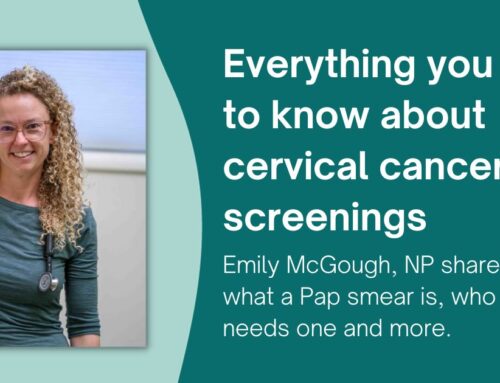
I am Lindsay Wright, and I am a Licensed Marriage and Family Therapist, and serve as one of the Behavioral Health Counselors at the Telluride Medical Center. I work with families, couples and individuals of many different ages and backgrounds.
At this time, many people are experiencing stress and worry related to the many changes we are experiencing, so the Behavioral Health Department wanted to offer help in the form of discussing a self-soothing technique that is entirely unique to each of us.
The technique we will be discussing today is the creation of a coping skills toolbox. As we have discussed in previous Mental Health Moments, coping skills are the methods and means in which people deal with stressors.
These techniques frequently help us to face difficult situations, make changes and be able to solve problems in a positive way.
But, what I may not have touched on so far, is that coping skills do not have to be clinical. While exercises such as deep breathing, progressive muscle relaxation and mindfulness can all be greatly beneficial, we often engage in many activities daily that serve as means of coping.
Sometimes, practicing positive coping skills can simply be engaging in the activities that we enjoy. We can often discount our favorite activities as not being therapeutic, but they can be just as helpful in a stressful moment as any of those skills we’ve explored before. With this in mind, let’s discuss creating a “coping skills toolbox.”
A coping skills toolbox is a physical place to store both therapeutic skills and positive activities that can help us to regulate when we experience overwhelm or negative emotions. This concept is currently being used in some hospitals to assist medical providers in de-stressing, and we can replicate something similar for ourselves at home.
A coping skills toolbox created by filling any container (such as a mason jar or a small box) with items that help you to cope with difficult emotions. Kate Rhodes, LPC recommends breaking your toolbox into categories that she calls “the 5 R’s”: “Relocate, Relax, Reframe, Re-Center, Redirect.”
Relocate: you could include photos of places that you find to be relaxing, which could be a favorite hiking trail, a loved family members home, or a shot of your dream vacation destination.
Relax: Kate recommends writing out a collection of your favorite grounding techniques (like progressive muscle relaxation), worry stones, essential oils, or massage rollers.
Reframe: you could include a journal to practice reframing your negative thoughts, and practice the thought shifting exercise mentioned in our last mental health moment.
Recenter: you could include print-outs of your favorite yoga poses, or a playlist of music that helps you to feel relaxed.
And finally, in the category of Redirect: consider adding art materials, coloring books, puzzles or books, really anything that can act as a way of re-focusing your attention on something else.
It is important to include variety in our means of coping, so as not to exhaust any form of self-soothing.
Coping skills toolboxes can be made for folks of all ages, and creating these tool boxes can be a fun and meaningful activity to complete with children in your home and can help them to learn that they can have control over managing big feelings.
This is a challenging time for all of us, so please don’t hesitate to reach out if you need support.
I can be reached by calling the Telluride Medical Center at 970-728-3848, or if you are a patient of Telluride Medical Center, by messaging me through the Telluride Medical Center portal.
If you are experiencing a mental health crisis, please call The Center for Mental Health’s crisis line at 970.252.6220.
Be well,
Lindsay Wright
Lindsay Wright | Behavioral Health
Telluride Medical Center







